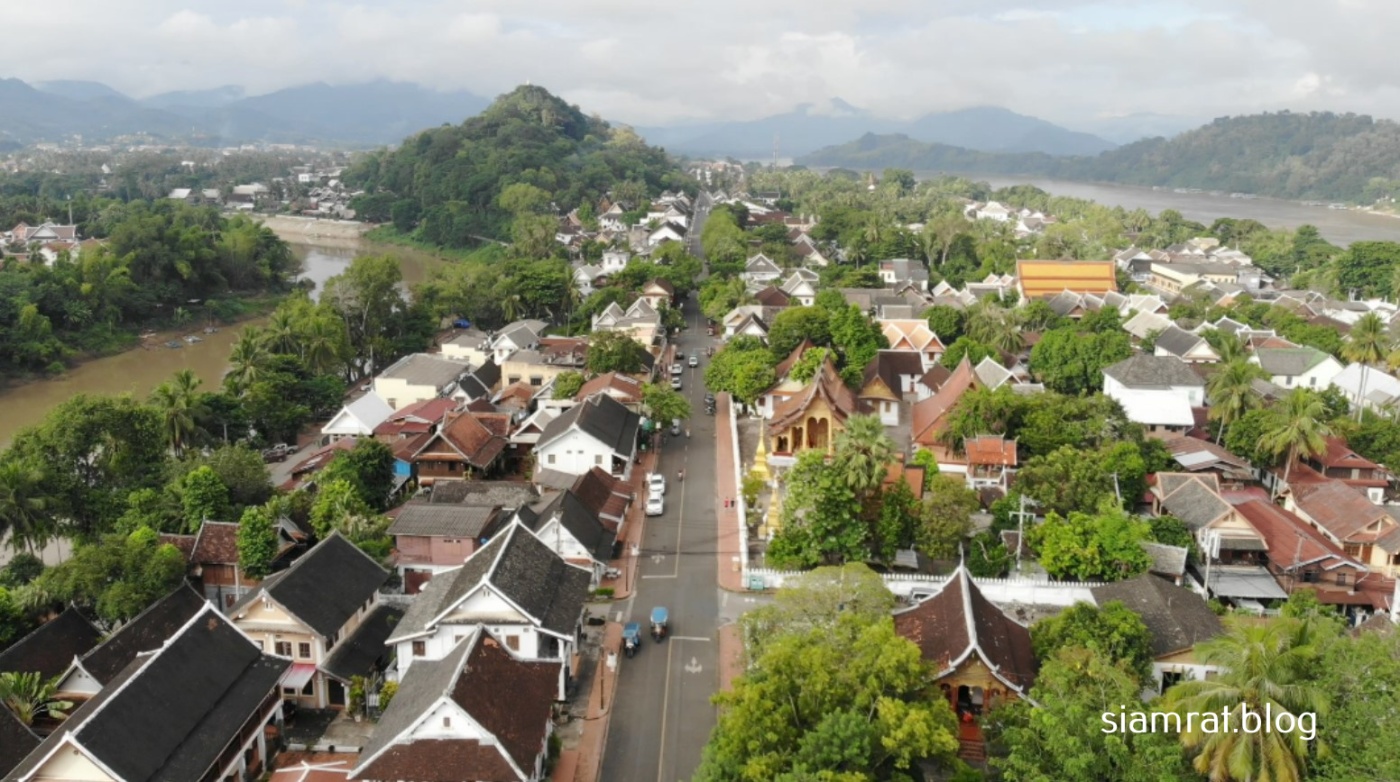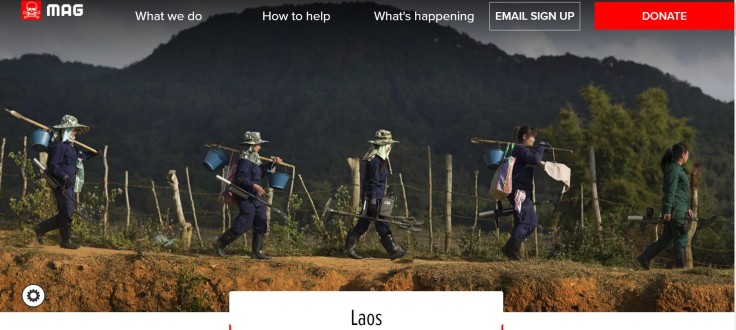Luang Prabang is a hot tourist destination noted for its beautiful temples and French colonial era buildings. But in the last century it was caught up in turbulent events as Laos struggled for its independence amidst the Second World War and then the Indochinese Wars. For visitors with an interest in history three beautiful hotels, each with a connection to former Lao princes, make the perfect backdrop to learn about the modern history of Laos.
The Grand Luang Prabang
The Grand Luang Prabang is situated in the banks of the Mekong River 5km down river from Luang Prabang. At the heart of the large hotel grounds is Xieng Keo Palace, once the home of Prince Phetsarath, now restored and preserved as a museum to this nationalist hero.
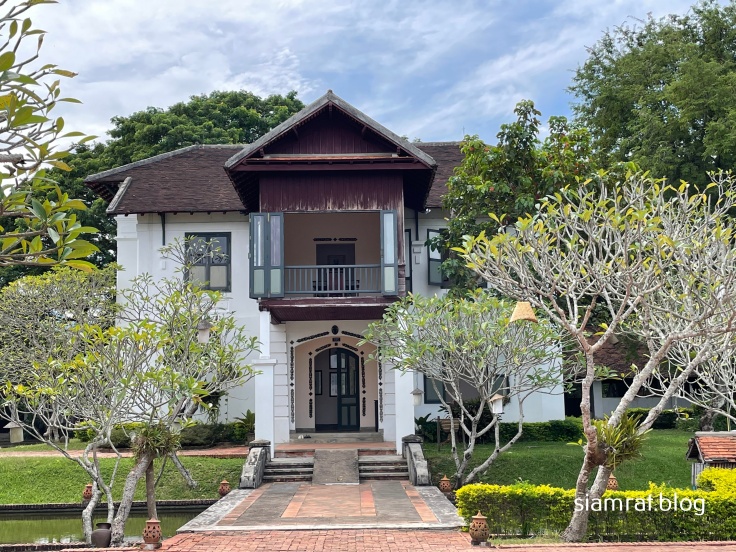
Prince Phetsarath Ratanavongsa was the son of Chao Maha Boun Khoung, the Upahat or Viceroy of Luang Prabang, and his second wife Thongsi. He was born on 19th January 1890 in the Front Palace near Wat That just three years before the Pak Nam Crisis that established French colonial rule in Laos. He spent eight years at school in Paris before returning aged 24 to Luang Prabang to enter the French colonial administration as a clerk-writer at the Treasury. His family connections together with considerable natural talents resulted in him moving rapidly upwards in the administration. By the 1930’s he was the most senior Lao official in the country being sometimes referred to as the “king of Vientiane” and having more real power than the king in Luang Prabang.
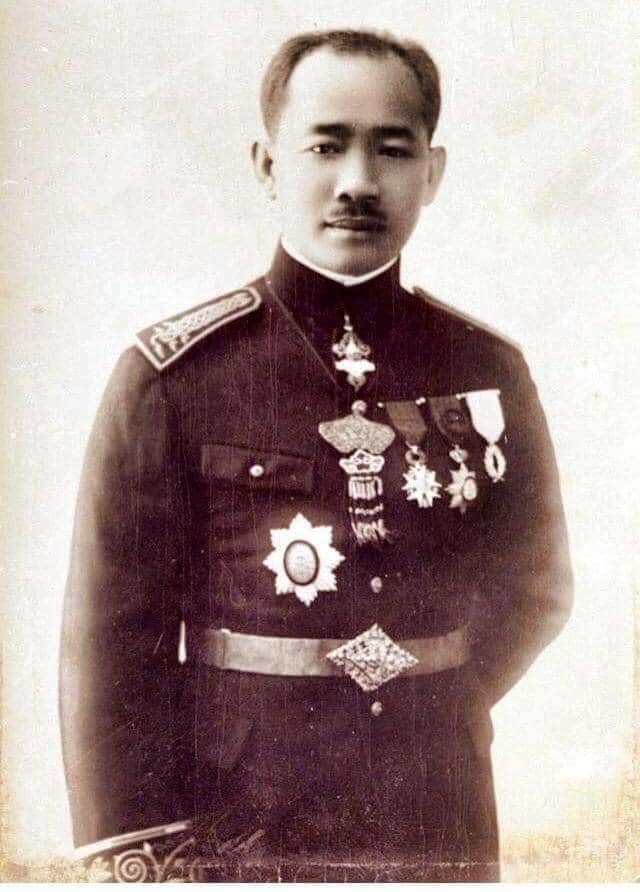
When World War II broke out Thailand attacked French forces in Laos and Cambodia to reclaim territories that it believed had been taken from it unjustly. After some fighting the Japanese brokered a settlement which gave the provinces of Champasak and Xaiyaboury to Thailand. In an attempt at compensation the French extended the king’s dominion to the ancient capital of Xieng Khouang and also Vientiane. Phetsarath was appointed Upahat, a position that had been abolished when his father had died, and also appointed as Prime Minister of a council of ministers presiding over the new expanded kingdom.
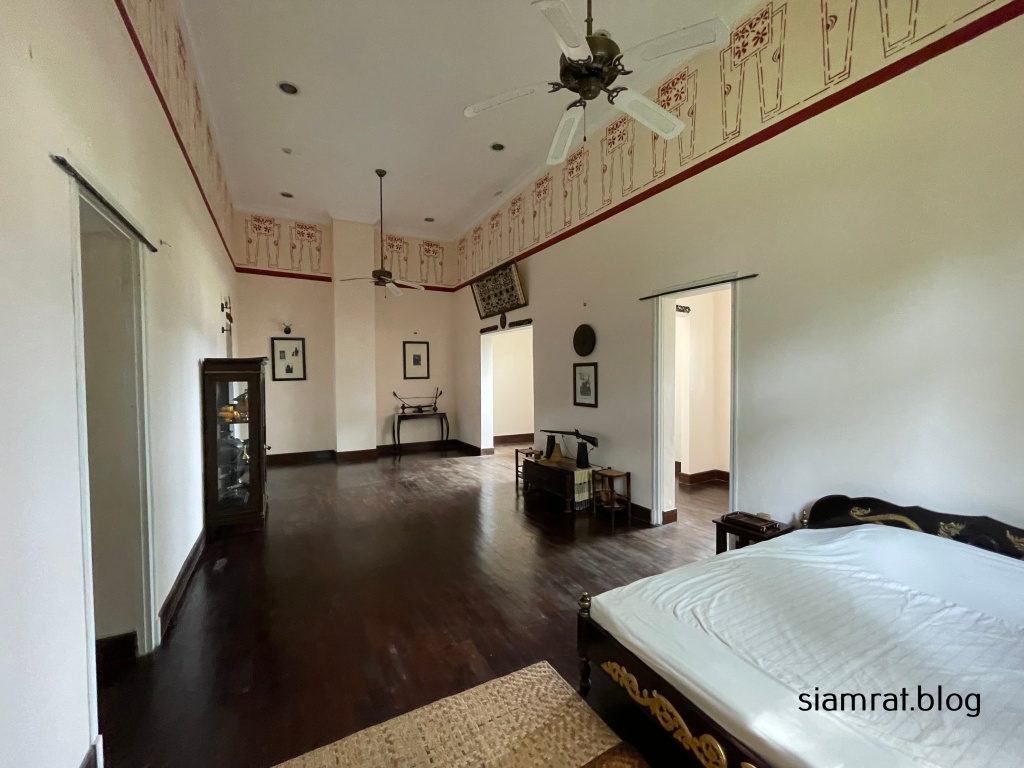
On March 9, 1945, the Japanese seized direct control over Indochina, arresting the French officials who administered the colony. The Japanese seized control in Vientiane the following day but it wasn’t until early April that Luang Prabang was also bought under their control. So it was on April 8, 1945, that the king declared that “our Kingdom of Laos, formerly a colony of France, is now an independent nation” whilst adding “I hereby declare that our Kingdom has agreed to cooperate in all things with Japan”. However, just four months later the Japanese surrendered to the Allies.
As the war ended Prince Phetsarath firmly believed that the declaration of Lao independence should stand whereas the king wanted to return the country to its status as a French colony. On September 15, 1945, Phetsarath in his role as “Prince Viceroy-Prime Minister” attempted to force the issue by issuing an announcement that a national coalition government was to be formed in Vientiane. The king responded by dismissing Phetsarath from both his positions of Viceroy and Prime Minister.
Phetsarath joined a Free Lao government in Vientiane which aimed to unify the country and resist the return of the French. A declaration was issued deposing the king and on 10 November forces loyal to the Free Lao overcame the almost non-existent security at the palace in Luang Prabang and arrested the king. Phetsarath was now the Honorary President of Laos. But French reoccupation forces made steady advances from the south and by April 1946 they had retaken Vientiane. Luang Prabang was back in French control soon after and the king restored to his old position as figurehead ruler of a French colony.
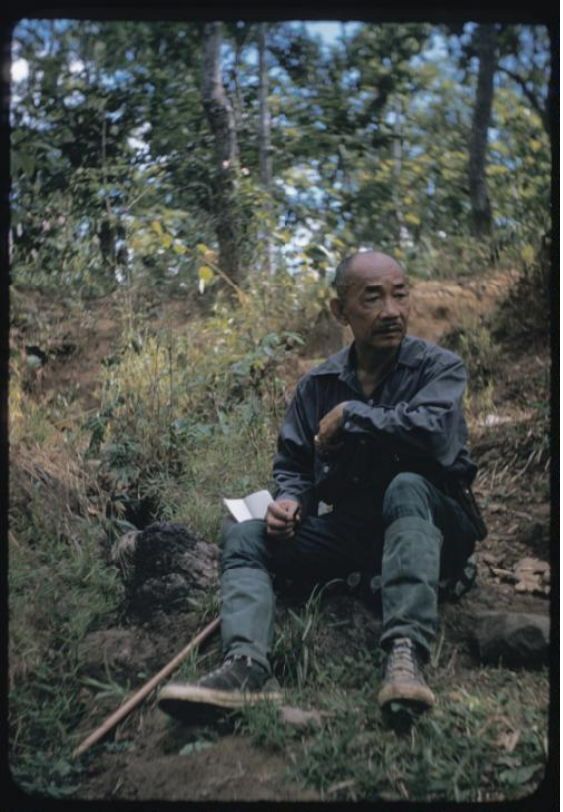
Phetsarath and the Free Lao government fled to exile in Thailand where it worked with Vietnamese and Cambodian resistance groups to continue the armed struggle against the French. However, in November 1947 a new Bangkok government ordered the Free Lao forces out of Thailand. Meanwhile the French announced a new constitution for Laos under which elections were to be held and the first semi-independent Royal Lao Government established within the French Union. Whilst not delivering full independence to the country many in the Free Lao movement saw it as an acceptable compromise. In October 1949 the movement was dissolved and the safe return of many of the Free Lao leaders was negotiated with the French.
Prince Phetsarath chose to remain in exile in Bangkok where he took as his third wife Aphimphone Yongchaiyudh (Aunt to the later Thai Prime Minister Chavalit Yongchaiyudh) who had provided material assistance to the Free Lao movement during its exile. With no formal position Phetsarath was effectively side-lined from the on-going struggle to create an independent Lao nation.
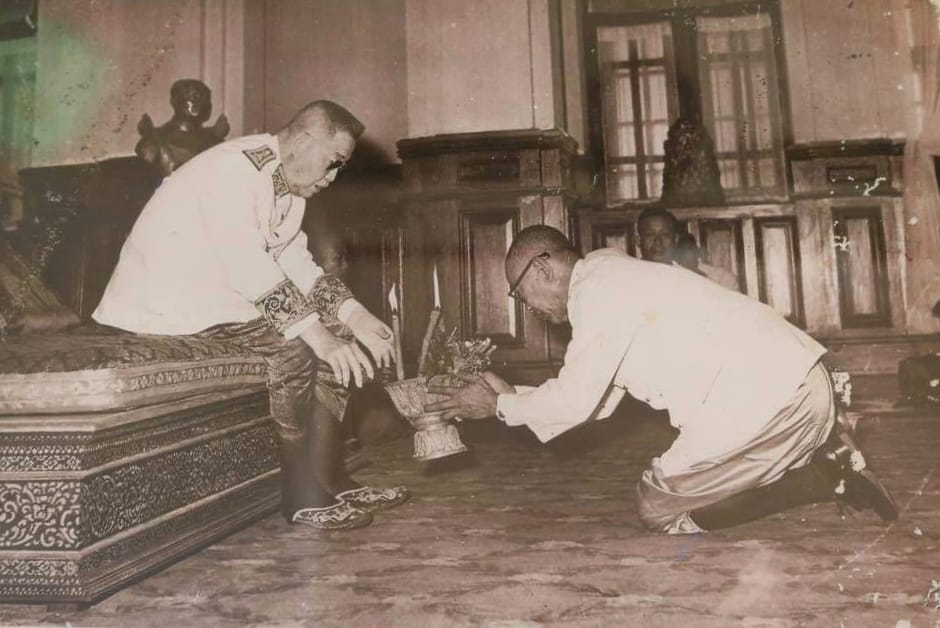
Finally in March 1957 he returned to Vientiane where he received a rapturous welcome. One month later he returned to Luang Prabang and on April 16 he had an audience with the king who restored his title of Upahat. He returned to his old home of Xieng Keo Palace and generally remained out of politics except to sometimes play the role of mediator between the left and right factions. He preferred to spend his time hiking, hunting and pursuing cultural activities. Phetsarath died suddenly from a brain haemorrhage on October 14, 1959, aged 69. On the day of his funeral 100,000 people lined the road from Xieng Keo to Wat That Luang in Luang Prabang.
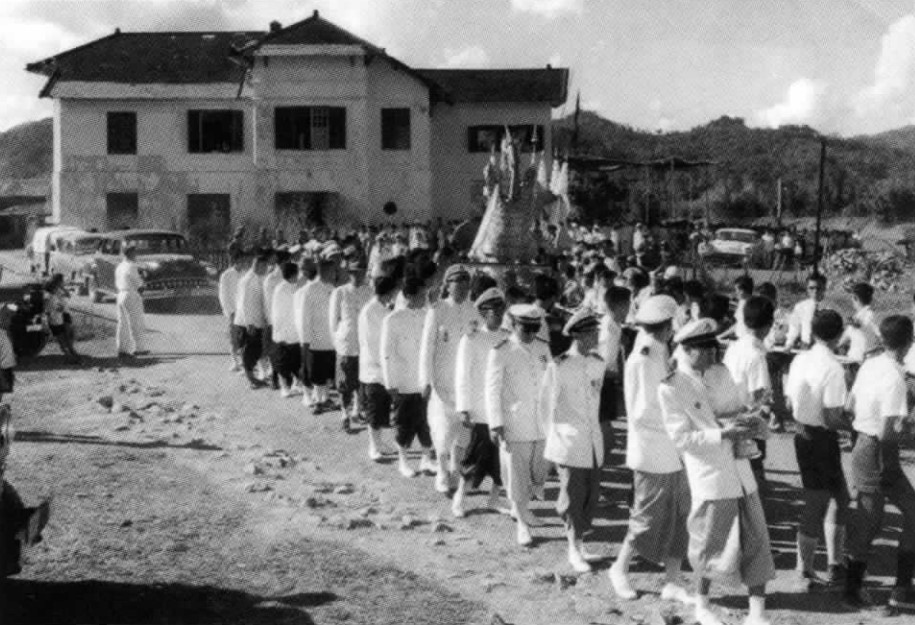
Six decades after his passing Prince Phetsarath is officially viewed as a nationalist hero despite never joining with the Pathet Lao communists. His solid credentials of supporting Lao independence and leading the Free Lao movement allow the current government to gloss over his past as a royal who worked at the highest levels of the French colonial government. But beyond the official view, Phetsarath’s legacy lives on in the minds of the Lao people as a semi-divine figure. Apart from the political aspects of his career, Phetsarath was devoted to preserving Lao culture. In 1937 he had been appointed to head the Buddhist Council of Laos. In this role he set up Pali education for monks and also established a library to collect old manuscripts. His collection of Buddha statues and other artefacts can still be seen stored at Wat Visunarat in the centre of Luang Prabang. He helped in writing the first national history of Laos and was active in formulating the modern Lao writing system (Significantly blocking a proposal to write Lao using Thai script). Stories abound of his super-natural powers and amulets bearing his image are still commonly seen worn around necks or hung in the front of vehicles to ward off evil.
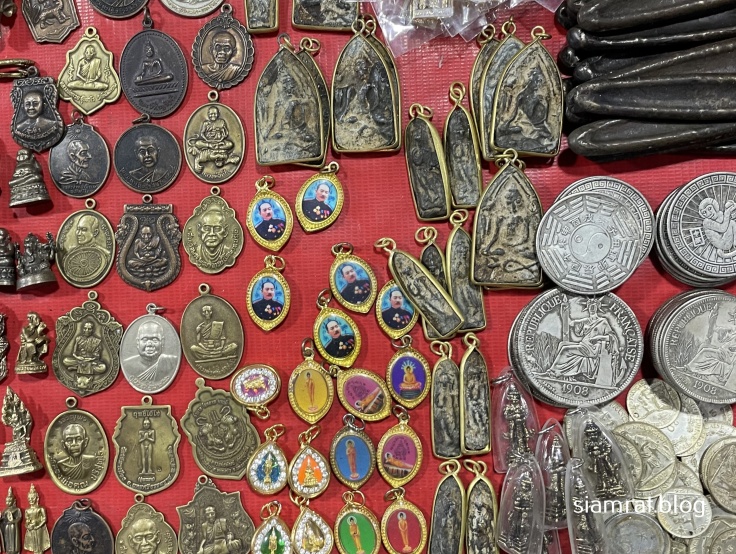
Maison Souvannaphoum
The Angsana Maison Souvannaphoum Hotel is located on Chaofa Ngum Road near Luang Prabang’s fountain. This hotel was once the private residence of Prince Souvanna Phouma, a younger brother of Prince Phetsarath born on October 7, 1901. The hotel displays memorabilia of Souvanna Phouma and allows guests to sleep in what was once the prince’s bedroom.
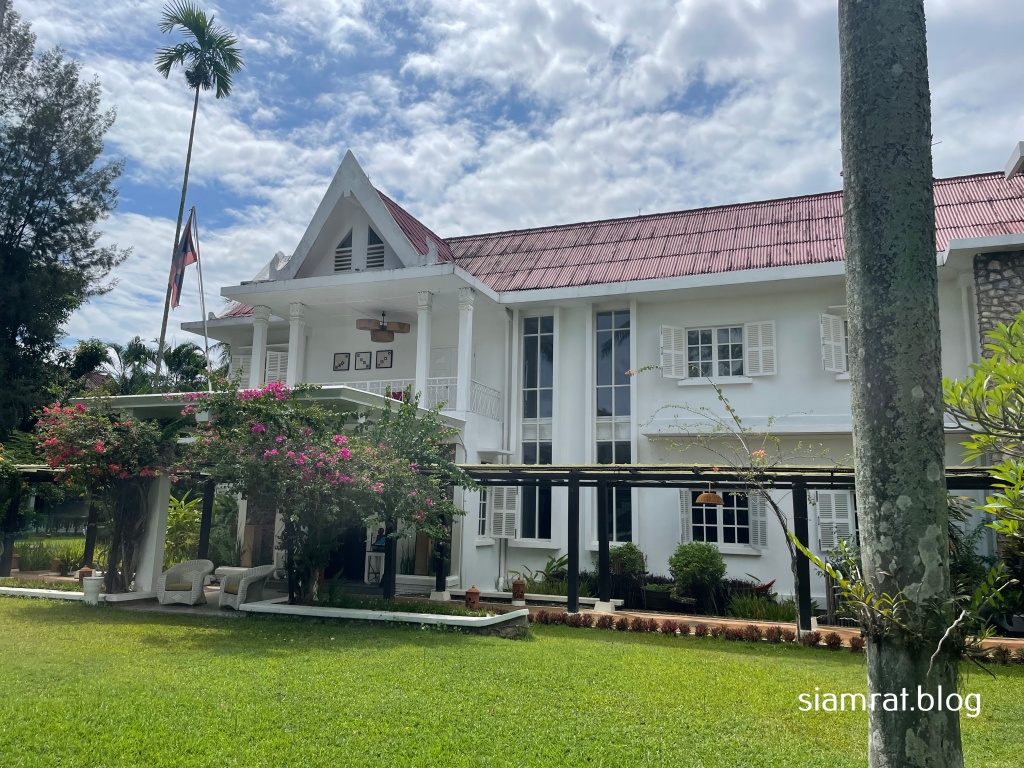
Like his elder brother Souvanna Phouma was sent to France for his higher education, He returned home in 1931 with diplomas in civil engineering. Two years later he married Aline Allard, the French-Lao daughter of a French diplomat, who worked as a teacher in Vientiane. His marriage to a mixed race woman caused some consternation in Luang Prabang’s socially conscious society. Back in Laos he worked as a civil engineer, becoming by 1944 the chief engineer of Indochina. His most famous assignment was the restoration of Wat Phra Kaew in Vientiane which had remained in ruins since its destruction during the Siamese invasion of 1828. This restoration managed by the École Française d’Extrême-Orient was promoted by the French authorities as part of the “re-awakening” of Laos.
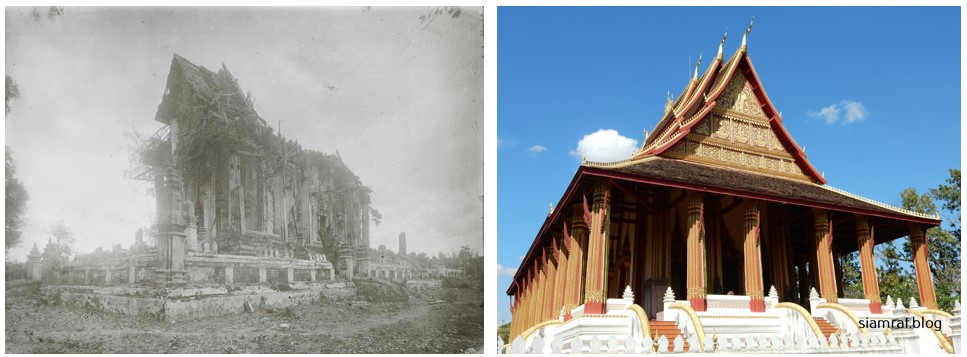
At the end of World War II Souvanna Phouma joined his brother Phetsarath in the Free Lao movement, also fleeing to exile in Thailand in 1946. But when the movement collapsed in 1949 Souvanna Phouma moved back to Laos – in fact it was his wife who helped negotiate with the French the return of the Free Lao leaders. He established the National Progressive Party to contest elections under the new constitutional framework and won a land-slide victory in 1951 making him the Prime Minister of Laos. He would hold that role for 19 of the following 24 years, until the demise of the Royal Lao Government (RLG), representing the “neutralist” faction between the political left and right.
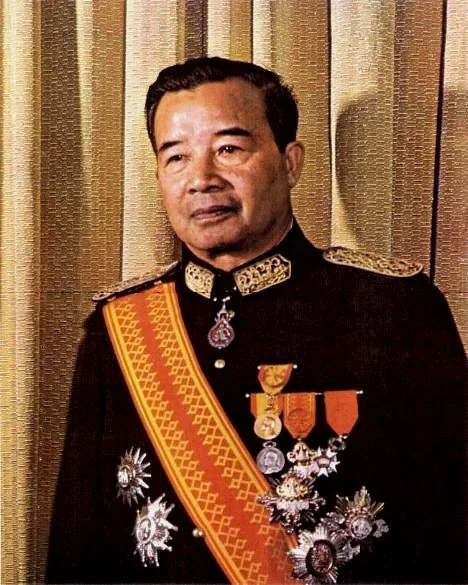
His first major achievement was to negotiate full independence from France which was achieved in October 1953. But less than one year later he was forced to resign due to pressure from the political right both at home and from the US and Thailand.
In April 1954 a conference was held in Geneva to resolve the withdrawal of the French from Indochina. Whilst the conference was in progress the French suffered an ignominious defeat at the hands of the Viet Minh forces at Dien Bien Phu. It gave the communist side considerable bargaining power at the conference, resulting in the Pathet Lao being recognised as a legitimate faction in the future of Laos.
A coalition government of all factions was established in November 1957 headed by Souvanna Phouma. But after elections in May 1958 the US was unhappy with the communist Pathet Lao factions being bought into government and precipitated a crisis by suspending aid upon which Laos was totally reliant. The coalition collapsed and Souvanna Phouma was ousted from office again.
Souvanna Phouma was banished to a comfortable posting as Ambassador to France until August 1960 when Colonel Kong Le surprised everybody by mounting a coup on behalf of the neutralists. Souvanna Phouma was invited back to form a neutralist government with the Pathet Lao. But right-wing forces fought back and in early December entered Vientiane. Fierce fighting ensued with some 600 civilian casualties. On December 9 Souvanna Phouma fled into exile in Phnom Penh whilst Kong Le’s neutralist forces retreated to the Plain of Jars.
The election of John F. Kennedy as US President gave a new boost to the cause of Lao neutralism. In June 1962 after lengthy negotiations in Geneva a Second Coalition Government was formed headed once again by Souvanna Phouma. But before planned elections could be held a series of assassinations took place and the Pathet Lao ministers abandoned Vientiane and fled to safety in Houaphan. The Second Coalition Government finally collapsed in September 1963. From this point on Souvanna Phouma maintained his position as Prime Minister but neutralism was effectively dead and Laos was caught between the global struggle played out in Vietnam between the USA and Soviet Union.
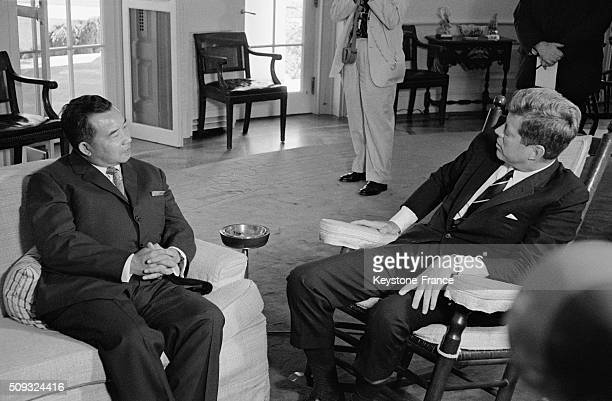
For ten years Souvanna Phouma’s government presided over a declining economy and a shrinking area of control. By 1972 the US was negotiating its exit from Indochina and after signing a peace agreement with North Vietnam in January 1973 it leant heavily on the RLG to sign a peace agreement with the Pathet Lao. So in February a cease-fire was signed and Souvanna Phouma came to head a Third Coalition Government which once again included the Pathet Lao. But morale within the RLG was collapsing whilst the Pathet Lao slowly chipped away at their authority. The strains showed personally when in July 1974 Souvanna Phouma, now aged 72, suffered a heart attack and flew to Paris for eight months to recuperate. At the end of November 1975 after demonstrations in Vientiane had called for the abdication of the king, Souvanna Phouma flew to Luang Prabang and the king consented to step down whilst Souvanna Phouma himself resigned, thus bringing to an end the Royal Lao Government.
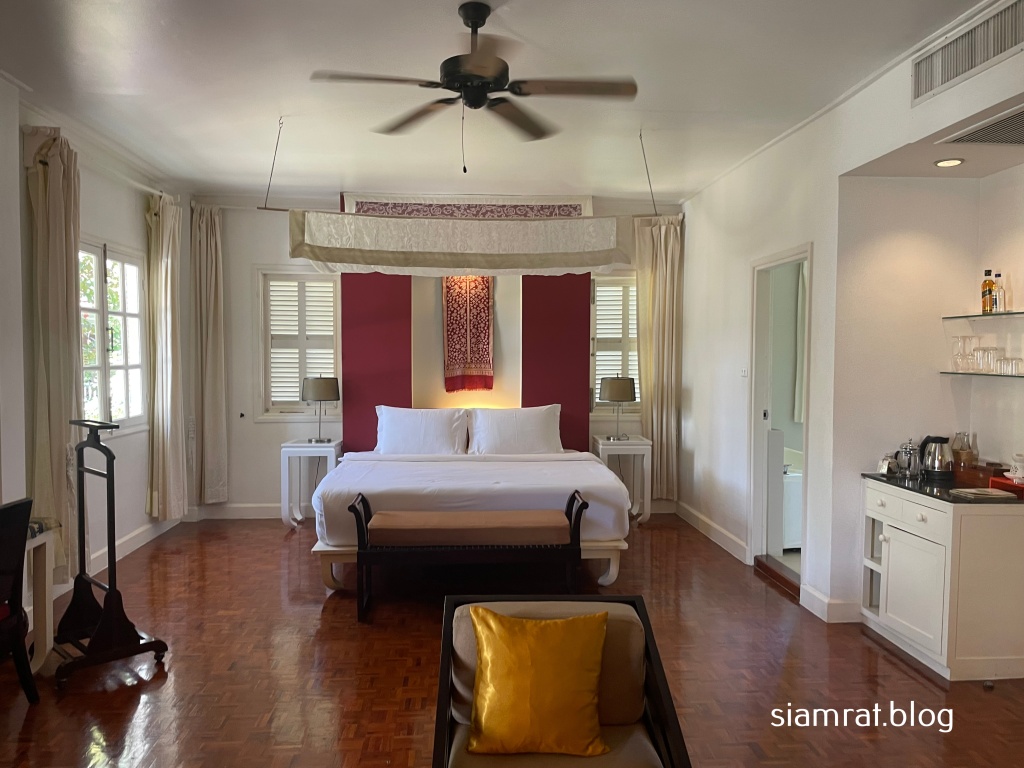
Unlike most RLG leaders Souvanna Phouma did not flee to exile nor was he sent for “re-education”. Instead he remained in Vientiane in semi-retirement as “Supreme Advisor” to the government. Communist Prime Minister Kaysone Phomvihan was a frequent visitor, no doubt respecting the decades of experience held by this elder statesman of Laos. Souvanna Phouma’s hopes of guiding his country on a middle “neutralist” path had been shattered but in an interview in 1979 he praised the ”socialisme à la Laotienne”, somewhat overlooking the hardships that the Lao people were undergoing at this time. He died, probably of a heart attack, on January 10, 1984. His ashes are interred in the family stupa at Wat That, Luang Prabang.
Satri House Prince Souphanouvong
Our final hotel is Satri House located near Wat That in Luang Prabang. Unlike the other two hotels Satri House makes no mention of its illustrious history but this was the childhood home of Prince Souphanouvong,12th and last son of the Upahat Boun Khoung and his 11th wife Mom Kham Ouane. Born on July 13, 1909 he was the younger half-brother of Prince Phetsarath and Prince Souvanna Phouma. After his birth his mother was unable to breast feed him so he was adopted by his uncle Prince Sithammarath. Being born to a commoner wife of Boun Khoung and raised within the family of Boun Khoung’s brother placed Souphanouvong outside of the inner circle of the Front Palace and of lower social status as his two half-brothers. However, after their father’s death in 1920 Phetsarath helped play the role of father figure to his younger half-brother.
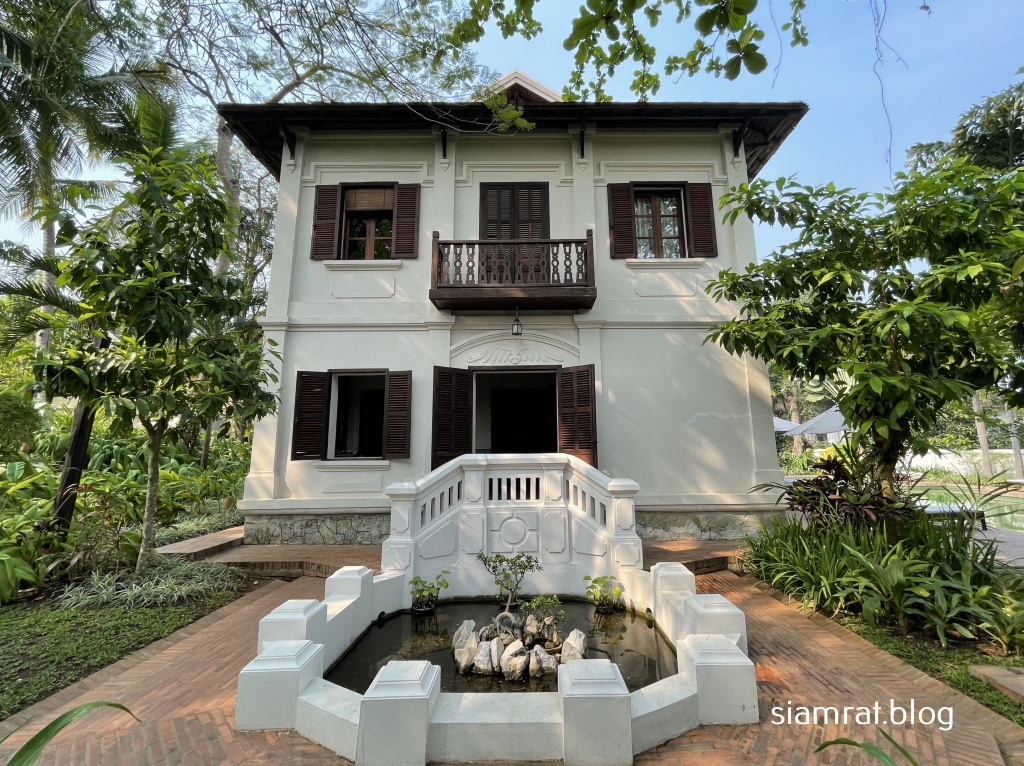
Just like his half-brothers Souphanouvong was educated in Hanoi and then Paris where he graduated in civil engineering in 1937. On returning to Indochina he worked for the public works department in Vietnam and in 1938 married a Vietnamese woman Nguyen Thi Ky Nam. Just as with Souvanna Phouma’s marriage, this union with a Vietnamese was frowned upon by Souphanouvong’s family and none attended the wedding.
In the closing stages of World War II Souphanouvong joined the Free Lao and Phetsarath asked him to seek assistance from the Viet Minh. Ironically a US General assisted Souphanouvong in meeting with Ho Chi Minh in September 1945. The meeting with the legendary resistance leader had a great influence upon Souphanouvong who returned to Laos the following month leading a platoon of Viet Minh soldiers.
In 1946 as the French re-asserted their control of Laos, Souphanouvong led the armed resistance. In March during the battle for Thakhek he was seriously injured as he was crossing the Mekong River to Thailand. He recuperated in Bangkok and spent the next three years in exile in Thailand with the Free Lao. But Souphanouvong’s relationships with the Free Lao leadership were always strained, other leaders frequently accusing him of arrogance. In May 1949 he split completely with the movement, declaring angrily “I will lead the struggle alone. I know my way and it will lead to victory”.
His way led him into the arms of the Viet Minh forces fighting against the French. The Vietnamese were in need of a figure of authority such as Souphanouvong to front the struggle in Laos where deference to royalty was a stronger motivation for people than the totally alien ideology of Marxist class struggle. In public Souphanouvong continued to be ambivalent in his adherence to Marxism but he quietly joined the Indochinese Communist Party in 1950 and five years later was a founding member of the Lao Communist Party, more commonly known as the “Pathet Lao”. To the foreign press he became famous as “The Red Prince”.
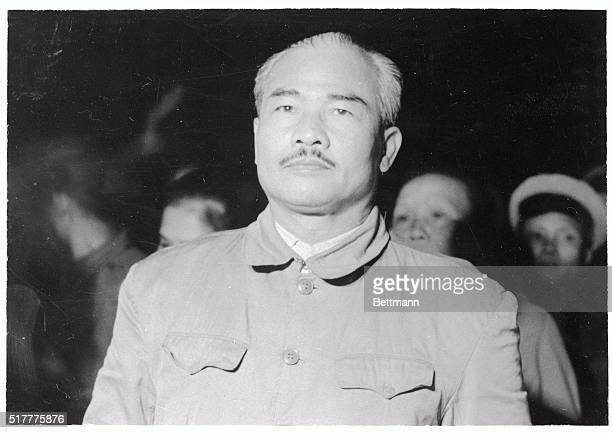
On 13 August 1950 Souphanouvong convened the First Congress of the Free Laos Front of which he was President. Over the subsequent years he maintained contacts with Souvanna Phouma which led to the formation of the First Coalition Government in late 1957 in which Souphanouvong was the Minister of Planning, Reconstruction and Town Planning. When elections were held in May 1958 Souphanouvong was returned by the Vientiane electorate with the highest individual vote of any candidate. This Prince who had refused to compromise in his fight against the French was already legendary amongst the urban voters.
But when the coalition government collapsed the Pathet Lao ministers were forced from office. In July 1959 the right-wing Prime Minister Phoui Sananikone had the Pathet Lao ministers, including Souphanouvong, arrested for “rebellion”. After some eleven months in prison Souphanouvong and the other Pathet Lao leaders escaped and fled to safety in Houaphan Province together with their prison guards.
Following Kong Le’s coup in 1960 Souphanouvong encouraged co-operation between the neutralist forces and the Pathet Lao. He was heavily involved in the negotiations that finally led to the formation of the Second Coalition Government in June 1962 in which he was both Deputy Prime Minister and Minister of Economy and Planning. But once again the coalition was short-lived and in 1963 a spate of assassinations in Vientiane forced Souphanouvong and his Pathet Lao comrades to again flee to Houaphan Province.
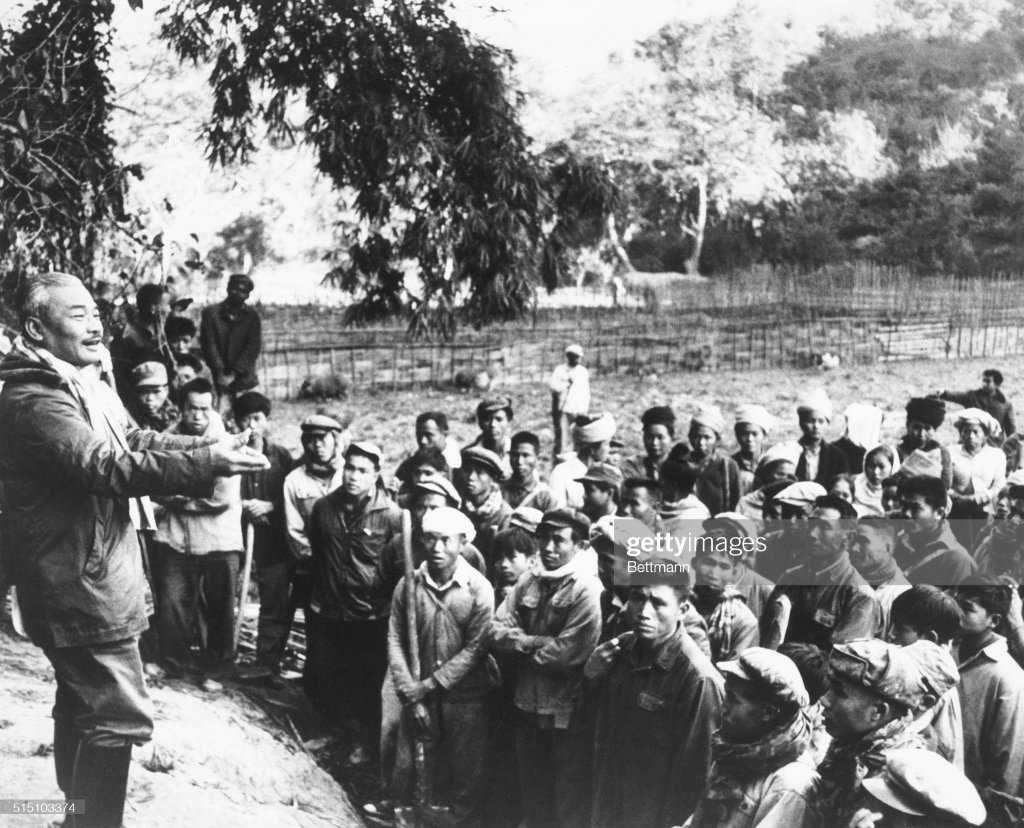
Meanwhile in late 1962 Souvanna Phouma had fatefully gave the US permission to run their own independent aerial missions. As forces on the ground increasingly gave way to Pathet Lao advances, the Americans resorted to indiscriminate carpet bombing across vast areas of the country. The result was the tragic legacy of Laos becoming the most heavily bombed country in history with an estimated 260 million bombs being dropped over the decade. Large numbers of the civilian population retreated into caves to escape this massive and continuous bombing and whole communities complete with schools, hospitals and factories moved underground for years.
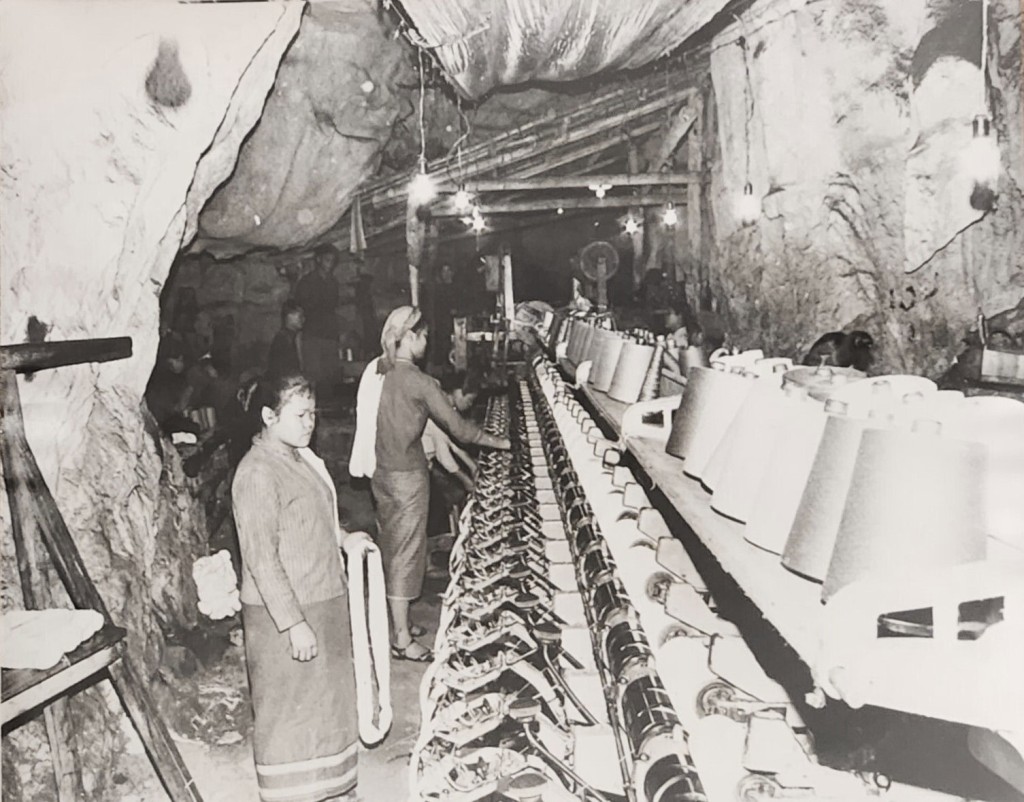
The war raged on for a decade with the incessant bombing obliterating entire villages and towns as well as leaving a legacy of unexploded ordinance lying in the fields which continues to kill and maim to this day. But throughout this period Souphanouvong maintained contacts with Souvanna Phouma and played a key role in the negotiations that led to the 1973 cease-fire and the Third Coalition Government. Importantly under this new agreement Pathet Lao forces moved into the major cities held by the RLG to form a joint police force. In April 1974 Souphanouvong flew back to Vientiane to a tumultuous welcome. For many the sight of Souphanouvong greeting his half-brother Souvanna Phouma personified the hopes for national reconciliation and peace.
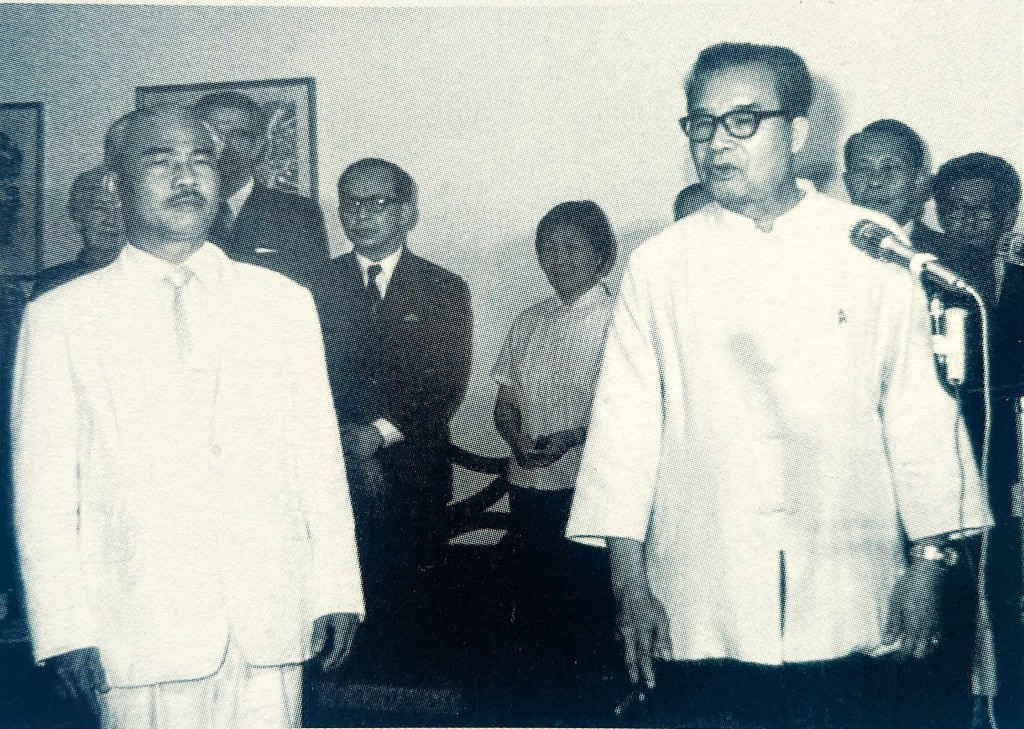
Rather than joining the National Assembly as an elected official, Souphanouvong headed the National Political Consultative Council in Luang Prabang. This position allowed him to stay above day-to-day politics and manage events more strategically. In any case due to continual in-fighting the National Assembly was dissolved after just one year. Meanwhile the Pathet Lao, now embedded in the cities, stoked continual unrest and demonstrations against their opponents. In May 1975, Souphanouvong led the king on a tour of Houaphan province where the monarch was bizarrely welcomed by communist cadres singing revolutionary songs. Meanwhile the Pathet Lao was staging a virtual coup in Vientiane. Administrations of the other major towns along the Mekong were taken over soon after.
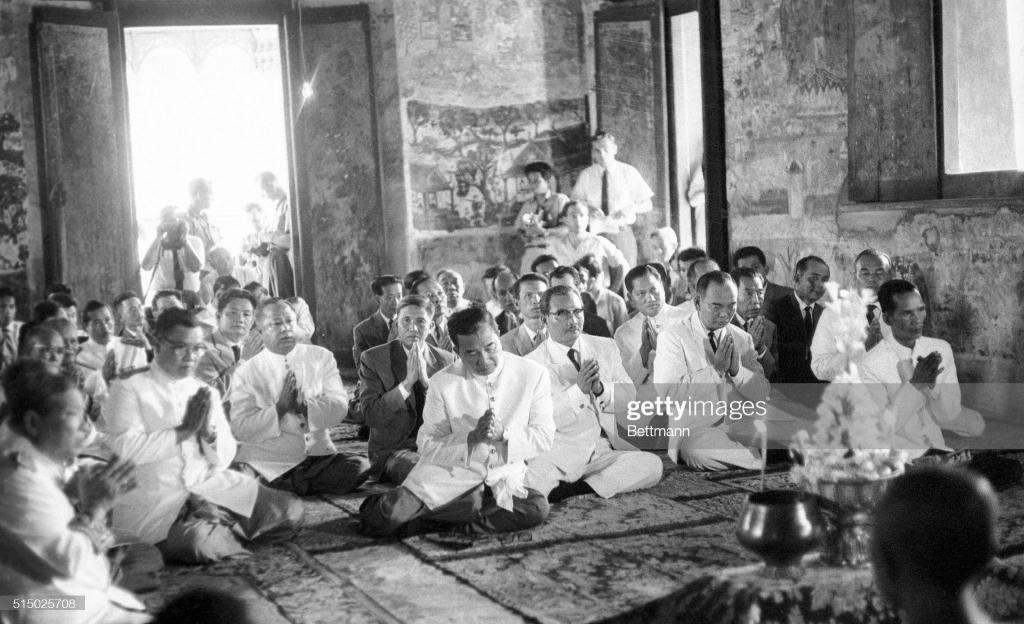
At the end of November Souphanouvong joined Souvanna Phouma in the visit to the king in Luang Prabang that resulted in his abdication. On the 1st December a secret Congress of People’s Representatives was held in Vientiane where the Crown Prince Vong Savang read out his father’s abdication letter. Souphanouvong announced that this would be “studied” together with other proposals to dismantle the entire Royal Lao Government. The following day was presided over by Kaysone Phomvihan, a figure barely known to the outside world. Kaysone read a motion to establish the Lao People’s Democratic Republic followed by another to make Souphanouvong the President of the new republic. Both motions were passed unanimously.
Souphanouvong had defied all odds from being a minor princeling of the front palace in Luang Prabang to becoming the Head of State of Laos. But from this high point he was increasingly sidelined in the exercise of power. Real power had probably always been with the secretive and hardcore communist cadres such as Kaysone Phomvihan who now took control as Prime Minister together with his deputy Nouhak Phoumsavan.
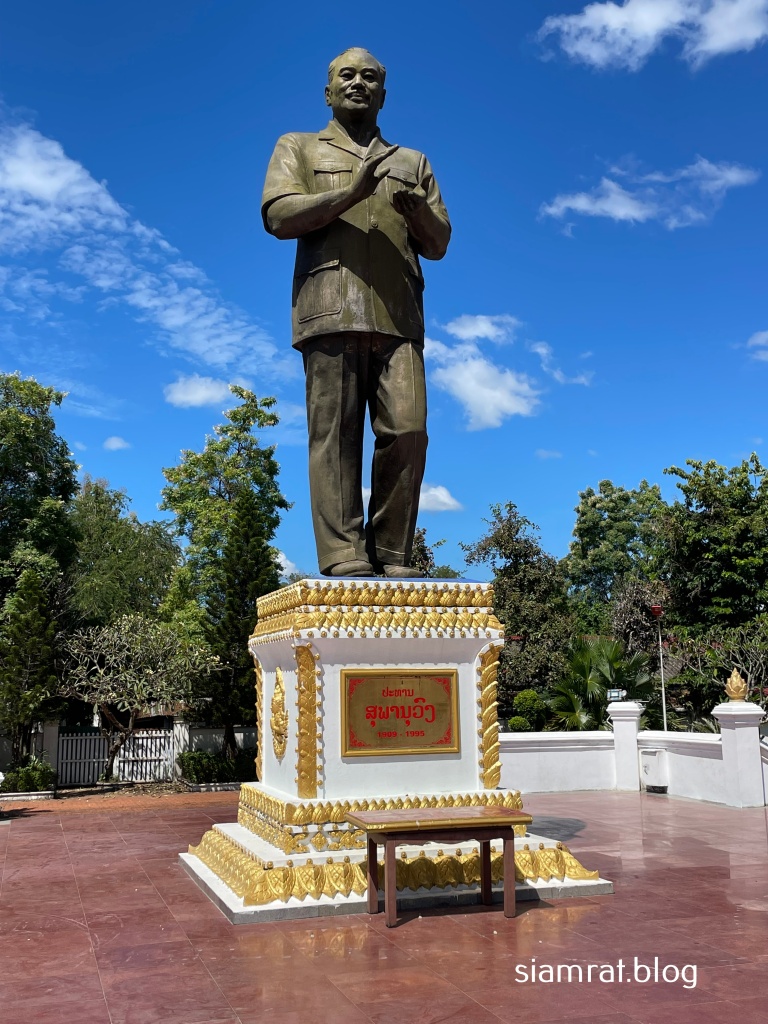
Souphanouvong was involved in less and less of the real decisions and it is not clear to what extent he was complicit with or simply ignored the deprivations which were forced upon the royal family as well as the wider Lao populace. After a stroke in 1986 he retired from all duties, relinquishing his position of president in 1991. He died of heart failure on 9 January 1995 and was given a large state funeral with five days of official mourning. His remains are now interred at the national cemetery in Vientiane.
Where to Go
Support Mine Clearance in Laos
The horrendous legacy of the bombing of Laos fifty years ago lives on today with the ongoing death and injury each year of men, women and children who accidently encounter unexploded bombs on their farms. You can help by donating to the Mines Advisory Group who work with local communities to tackle the enormous task of clearing the land of explosives.
www.maginternational.org/what-we-do/where-we-work/laos/
References
- Evans, Grant. 2009. The Last Century of Lao Royalty, A Documentary History. Silkworm Books.
- Evans, Grant. 2002. A Short History of Laos. Allen & Unwin.
- Stuart-Fox, Martin and Kooyman, Mary. 1992. Historical Dictionary of Laos. Scarecrow Press.
- Murdoch, John. 1978. The Iron Man of Laos. Prince Phetsarath Ratanavongsa by 3349. Cornell University South East Asia Program.
